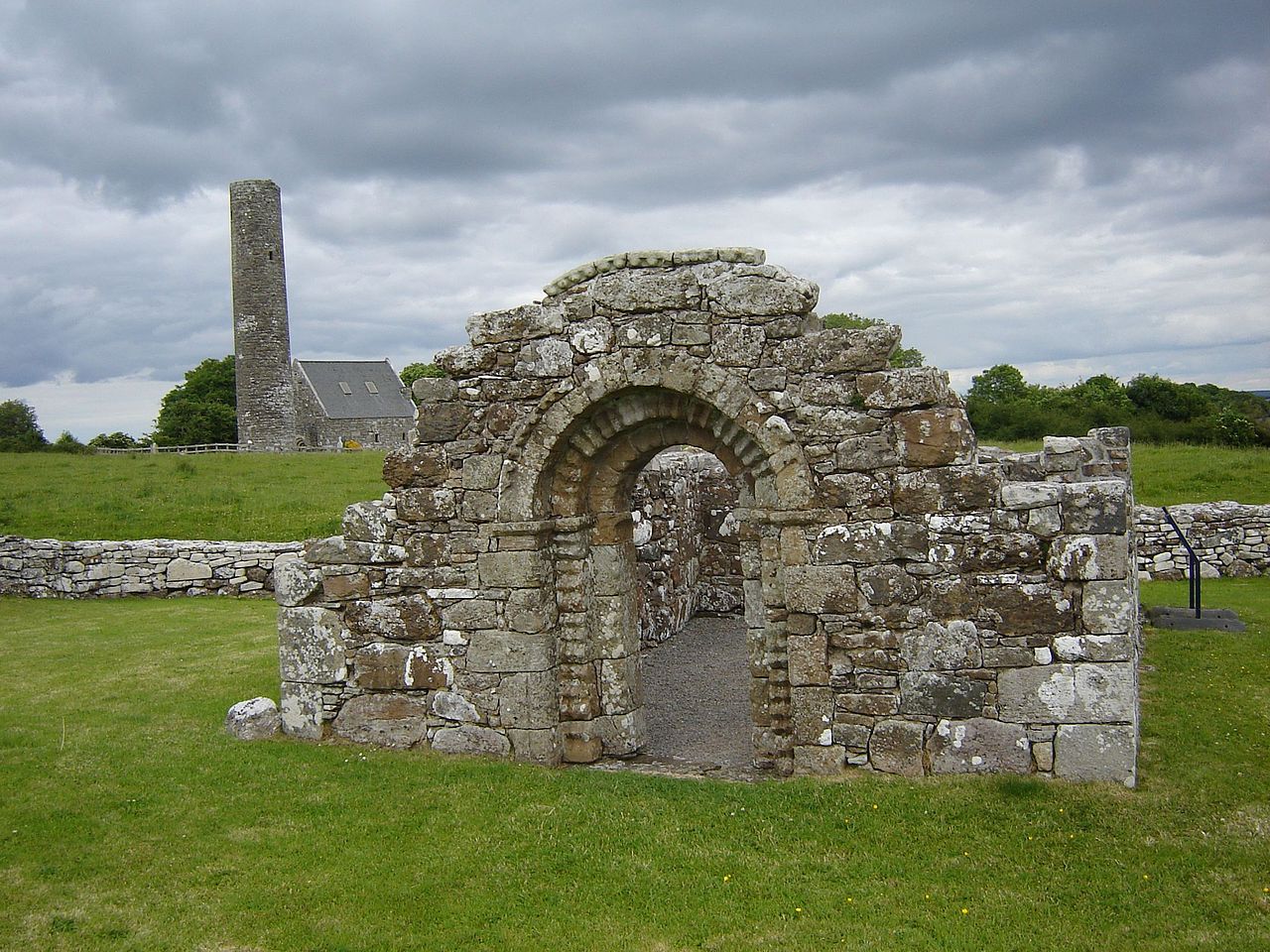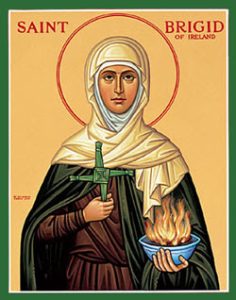Music for Brigid’s Day and Imbolc

St Brigid’s feast day is February 1st, and today we’ll be playing a collection of Celtic music in her honour. The Gaelic festival coincides with Imbolc, the first day of Spring in Irish tradition, and because St Brigid has been linked to the goddess Brigid, the festival of Imbolc is associated with the goddess.
In addition you can tune in at 12 noon or 4pm SLT for an edition of our original series, “Where Have You Been?”, where we visit The Nature Collective.
 About Brigid and Imbolc
About Brigid and Imbolc
Brigid’s Day was instituted by the early church on the same date as the pre-Christian festival of Imbolc, the ancient celebration of the coming of Spring. Brigid is virtually unique in that she exists as both a Pagan Goddess and a recognized Christian Saint. In addition, we do not actually know if she even existed in the “real” world. But belief in her was so widespread that early Christianity had virtually no choice but to accept her into the canon.
Imbolc, the festival that honours Brigid, is a solar festival that celebrates the sun and the coming of Spring after winter. It is also a festival of purification by fire. The word Imbolc translates to “in milk.” Perhaps, when our ancient ancestors peeked out of their homes and saw pregnant animals wandering by, they knew that Spring was just around the corner. Alternatively you might prefer the explanation that St Brigid was the wet-nurse to the Virgin Mary.
Worship of Brigid became widespread among the Celtic lands including Scotland and Ireland. As Christianity later spread into the British Isles, Brigid was eventually Christianised and made a Saint by the church. Christian tradition has it that St Brigid was born in 450AD to a pagan chieftain and a Christian woman. She was the founder of the first monastery in County Kildare in Ireland, where a fire in her honour was kept burning day and night. Traditionally, nineteen nuns were in attendance at all times to make sure the fire never went out. The sacred flame was said to have been surrounded by a hedge, which no man could cross. This reverence for fire was most likely a holdover from her Goddess tradition. As a Saint, St Brigid was seen as the midwife or wet-nurse for the Virgin Mary. St Brigid is also known as “Mary of the Gael”, “Muire na nGael” — or “Our Lady of the Irish”. With St Patrick and St Columcille, she is one of the Patron Saints of Ireland.
 St Brigid’s day is celebrated in Ireland, where it is now a national holiday, and in some parts of Britain. Images of her or her equal-armed “Brigid Cross” are made out of straw and used as protectors of the household. Offerings of food and gifts are placed outside for her, as she is said to walk among the hillsides on that night. St. Brigid’s Cross echoes the shape of a sun wheel to honor both the Goddess and the newly-arrived Sun.
St Brigid’s day is celebrated in Ireland, where it is now a national holiday, and in some parts of Britain. Images of her or her equal-armed “Brigid Cross” are made out of straw and used as protectors of the household. Offerings of food and gifts are placed outside for her, as she is said to walk among the hillsides on that night. St. Brigid’s Cross echoes the shape of a sun wheel to honor both the Goddess and the newly-arrived Sun.
In Scotland, there was a ceremony in which Brigid replaced Winter’s blue-faced Cailleach of the Highlands. This festival of Brigid was at one time only open to Highland women.
Expanded on text originally written by Soliel Snook and Eva Bellambi.
Main image: Holy Island (Inish Cealtra), Lough Derg, near Mountshannon in County Clare, Ireland. Ruins of St. Brigid’s Church with Romanesque archway, St. Caimin’s church in the background. “File:Holy Island Clare St. Brigids Church.jpg” by Deadstar is licensed under CC BY-SA 3.0 .

 About Brigid and Imbolc
About Brigid and Imbolc
















